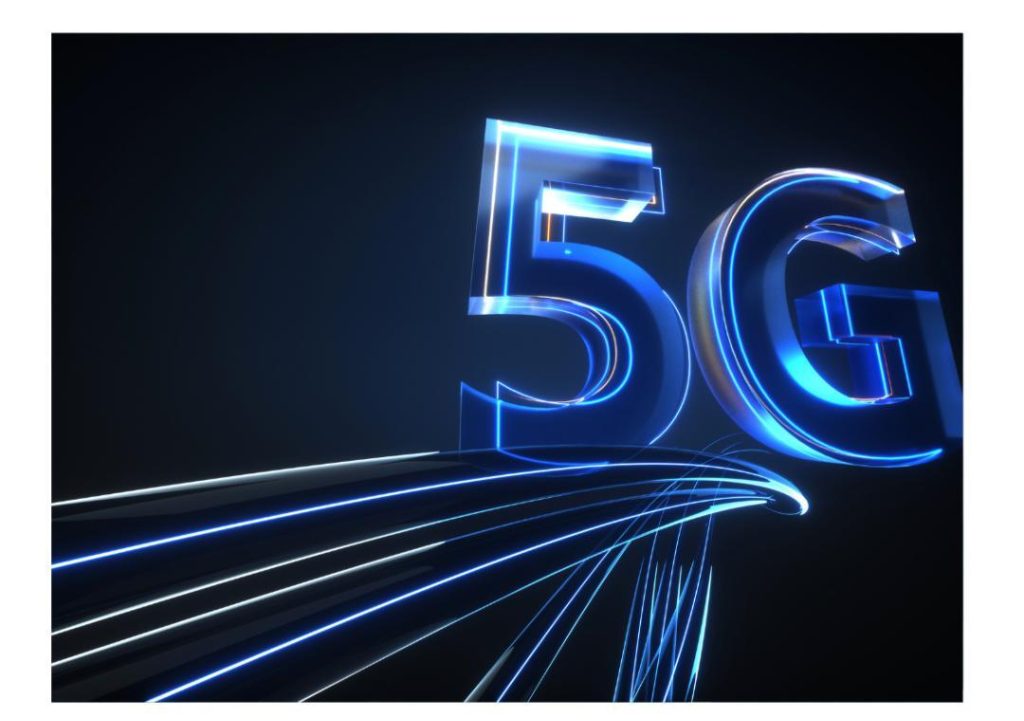
5G Set to Transform FMEG Industry with Faster Connections
The Fast-Moving Electronic Goods (FMEG) industry is on the cusp of a revolution, courtesy of the advent of 5G connectivity. Faster, more reliable connections are set to transform the way FMEG companies operate, opening up new opportunities for real-time streaming, cloud gaming, and Internet of Things (IoT) applications. By 2029, 5G connections are expected to account for over half of all mobile connections, and FMEG companies are poised to reap the benefits.
What is 5G and How Does it Impact FMEG?
5G is the fifth generation of wireless network technology, offering speeds that are significantly faster than its predecessors. With 5G, data transmission rates can reach up to 20 Gbps, compared to the 100 Mbps offered by 4G. This increased speed enables a multitude of applications that were previously impossible, including real-time video streaming, cloud gaming, and IoT connectivity.
For FMEG companies, the implications of 5G are far-reaching. Faster connections enable the seamless transmission of large files, such as high-definition videos and virtual reality content. This is particularly important for companies that rely on online content, such as streaming services and online retailers.
Real-Time Streaming and Cloud Gaming
Real-time streaming is one of the most significant beneficiaries of 5G connectivity. With faster speeds, FMEG companies can now offer seamless, buffer-free streaming experiences to their customers. This is particularly important for companies that offer live content, such as sports and news channels.
Cloud gaming is another area where 5G is set to play a significant role. Cloud gaming allows gamers to access high-quality games on their devices without the need for expensive hardware. With 5G, cloud gaming can be taken to the next level, offering faster load times, lower latency, and higher quality graphics.
IoT Applications
The Internet of Things (IoT) is another area where 5G connectivity is set to have a significant impact. With 5G, IoT devices can now communicate with each other in real-time, enabling a multitude of applications, including smart homes, cities, and industries.
For FMEG companies, the implications of 5G-enabled IoT are far-reaching. Companies can now develop smart devices that can communicate with each other seamlessly, enabling a multitude of applications, including remote monitoring and control.
Benefits of 5G for FMEG Companies
The benefits of 5G for FMEG companies are numerous. Faster connections enable the seamless transmission of large files, real-time streaming, and cloud gaming. IoT applications also offer a range of benefits, including remote monitoring and control.
In addition to these benefits, 5G connectivity also offers a range of cost savings for FMEG companies. With faster speeds, companies can now reduce their infrastructure costs, as they no longer need to invest in expensive hardware and infrastructure.
Conclusion
The advent of 5G connectivity is set to revolutionize the FMEG industry. Faster, more reliable connections enable a multitude of applications, including real-time streaming, cloud gaming, and IoT connectivity. By 2029, 5G connections are expected to account for over half of all mobile connections, and FMEG companies are poised to reap the benefits.
In conclusion, 5G is set to transform the FMEG industry, offering faster, more reliable connections that enable a multitude of applications. FMEG companies that are quick to adapt to the changing landscape are likely to be the most successful, as they take advantage of the opportunities offered by 5G.
Source:
Growth Jockey. (n.d.). Innovations in Fast-Moving Electronic Goods Market. Retrieved from https://www.growthjockey.com/blogs/innovations-in-fastmoving-electronic-goods-market






